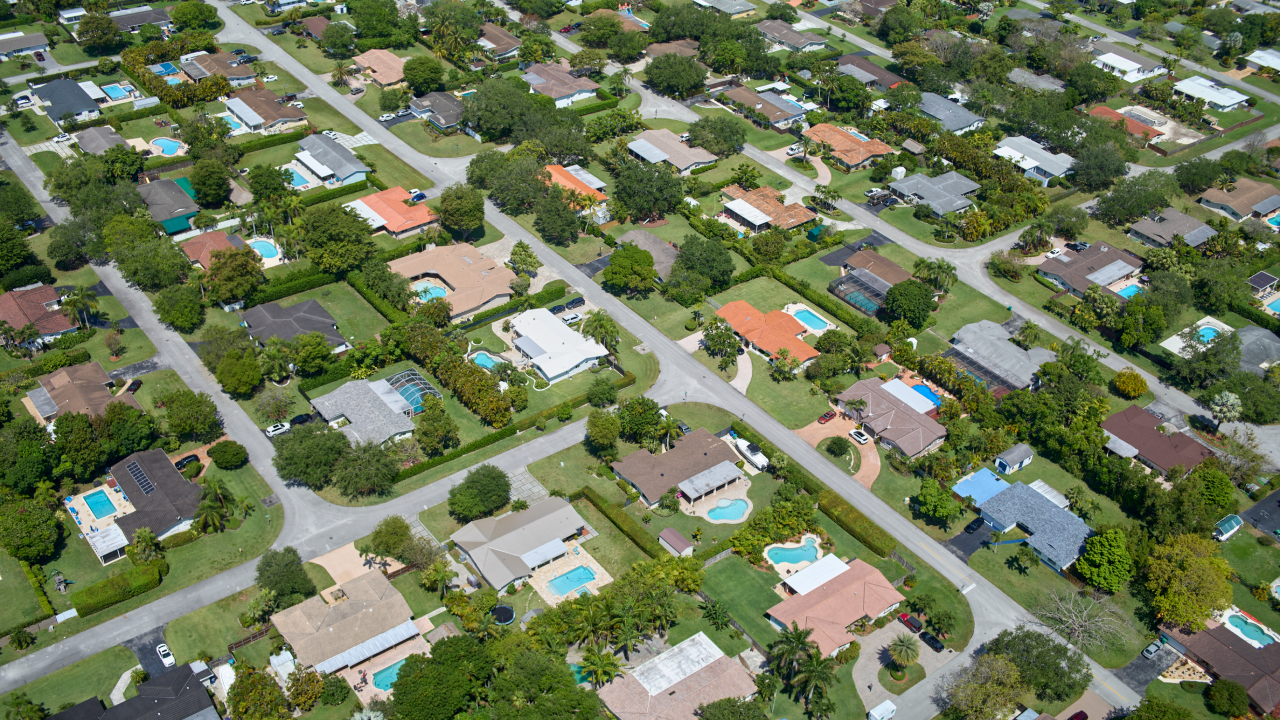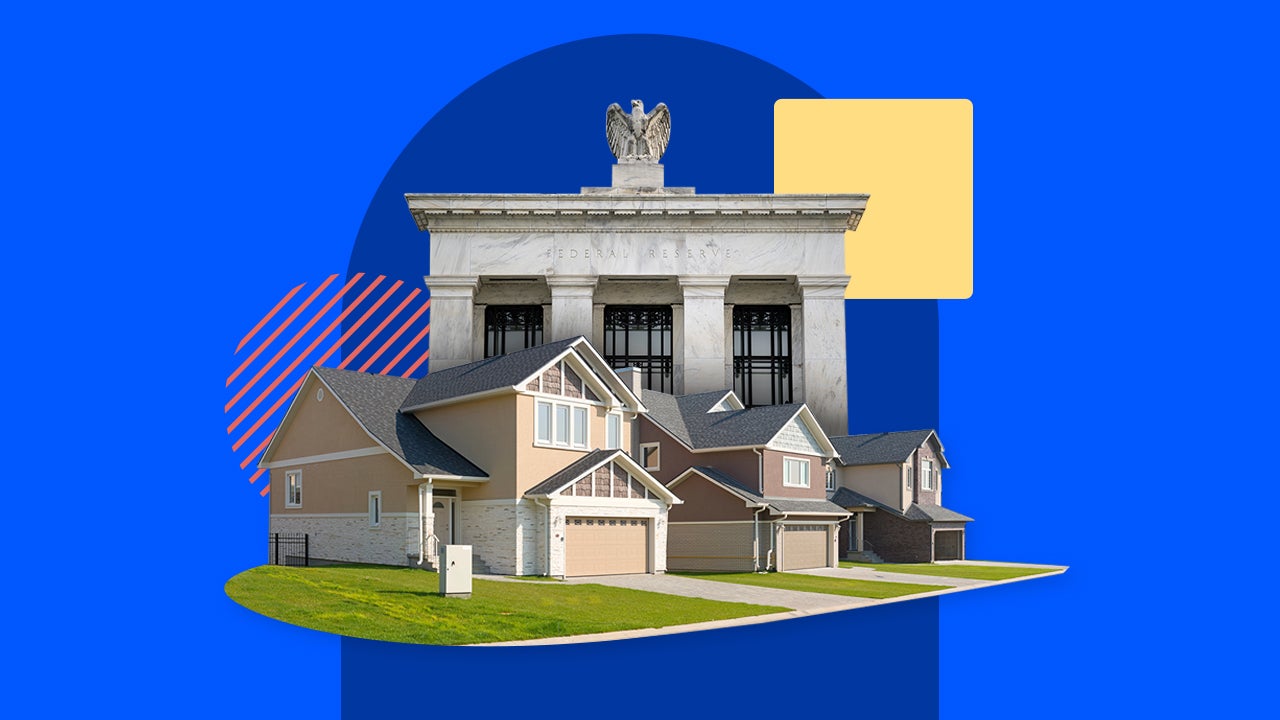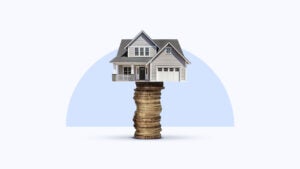The lock-in effect is keeping homes off the market. How long will it last?

As mortgage rates plummeted to record lows in 2020 and 2021, homeowners made the logical decision to snap up cheap money and refinance. Now that rates have more than doubled, homeowners are again behaving logically: They’re staying on the sidelines of the housing market, biding their time, in an outcome known as the “lock-in effect.”
What is the lock-in effect?
When housing economists, real estate agents and mortgage lenders talk about the lock-in effect, they’re referring to the surge in mortgage rates since the pandemic.
In early 2021, the average 30-year mortgage cost just 2.93 percent, according to Bankrate’s national survey of lenders. By late 2023, that average rate had skyrocketed to 8 percent. While rates have come back a bit since then, they remain above 7 percent today.
Meanwhile, most Americans with mortgages landed their loans — either through buying or refinancing — when rates were below 4 percent.
The result: Homeowners are reluctant to move. Why give up a mortgage rate in the 2s or 3s when today’s rates start with a 7?
That unwillingness to sell is showing up in declining home sales as fewer listings come onto the market. In January 2022, sales of existing homes hit an annual pace of nearly 6.5 million homes, according to the National Association of Realtors. By December 2023, that pace had fallen below 4 million.
“The lock-in effect continues to suppress existing inventory levels as many homeowners remain unwilling to sell their home to buy a new one at a higher price and mortgage rate,” says Bob Broeksmit, president and CEO of the Mortgage Bankers Association, a trade group.
Lock-in effect vs. locking a mortgage rate
What’s causing the mortgage lock-in effect?
High mortgage rates were the main driver of the lock-in effect, according to a 2023 survey by mortgage giant Fannie Mae. Among homeowners with mortgages, 21 percent said they had stayed in their homes longer than planned because of rising rates.
That wasn’t the only factor keeping people in their homes. Other survey responses included:
- “I like my current home/location” (19 percent)
- “Home prices are too high to buy” (13 percent)
- “My job and family are located here” (13 percent)
That last point is one of the self-perpetuating features of a lock-in effect. If hundreds of thousands of homes aren’t coming onto the market because owners don’t want to give up their super-cheap loans, then that means there’s less supply. Less supply of homes for sale means more competition for those that are on the market — and higher prices.
Taxes can also cause a lock-in effect. States such as California and Florida limit the amounts by which property taxes can rise each year. Homeowners who sell their homes lose some of that tax benefit. In this case, tax policy creates a disincentive to move, no matter what mortgage rates are doing.
Meanwhile, home values have risen to the point that some sellers find themselves facing capital gains taxes on their proceeds. For married couples, the first $500,000 of gains are exempt from taxes — but after a long surge in home prices, that exemption doesn’t go as far as it used to.
How the lock-in effect impacts homebuyers and sellers
For homeowners, hanging onto a low-rate mortgage translates to big savings. On average, homeowners with mortgages are saving $511 a month by keeping their sub-4 percent mortgages and avoiding above-7 percent loans, according to a recent study by the Federal Housing Finance Agency (FHFA), which oversees Fannie Mae and Freddie Mac. In total, mortgage borrowers are coming out ahead by a cumulative $3 trillion.
“Simply giving up their current rate to move across the street to an equivalently priced home in today’s market would result in a nearly 40 percent increase in principal and interest, an average of $500 more per month,” says Andy Walden, vice president at ICE Mortgage Technology.
This mass decision to stay put is reverberating through the housing market, with some downsides. Young families find themselves waylaid in houses that are starting to feel cramped. Empty nesters are hanging onto large houses with extra bedrooms they no longer use.
Of course, the lock-in effect has also sharply reduced home sales. Between mid-2022 and the end of 2023, higher mortgage rates prevented 1.33 million sales of homes tied to fixed-rate mortgages, according to the FHFA study.
However, the lock-in effect had only a modest impact on home prices: It pushed costs up by 5.7 percent. At the same time, elevated mortgage rates reduced prices by an estimated 3.3 percent, according to FHFA researchers.
How long will the lock-in effect last?
The lock-in effect is a recent phenomenon, and it’s unclear when it will end.
“Mortgage rates need to come down to dislodge the lock-in effect,” says Walden.
But by how much? For a while, conventional wisdom held that the magic number was 5 percent — if mortgage rates fell below that threshold, homeowners with mortgages might be willing to pay off the old mortgage and take a new one.
That makes sense. Say you have a $400,000 mortgage at 3.5 percent and a monthly payment of $1,796. If rates fell to 4.5 percent, borrowing $400,000 would cost $2,027 a month – $231 a month in added borrowing costs, an amount that might be modest enough to pry a homeowner out of their current home and into a new place.
By contrast, borrowing $400,000 at today’s going rate of 7.25 percent carries a payment of $2,729 — a $933 difference that would create sticker shock for many borrowers.
For now, the 5 percent theory is purely that. The booming economy and still-strong inflation mean that mortgage rates have gotten nowhere near that level. Rates briefly ticked below 7 percent in early 2024, but virtually no one expects them to plunge to 5 percent in the near future.
The other possibility: Consumers will become desensitized to higher mortgage rates and begin to make housing decisions based on factors aside from the rate.
“People will begin to say, ‘Life goes on. I don’t want to give up my 3 percent mortgage rate, but I need a bigger house,’” says Lawrence Yun, chief economist at the National Association of Realtors.






